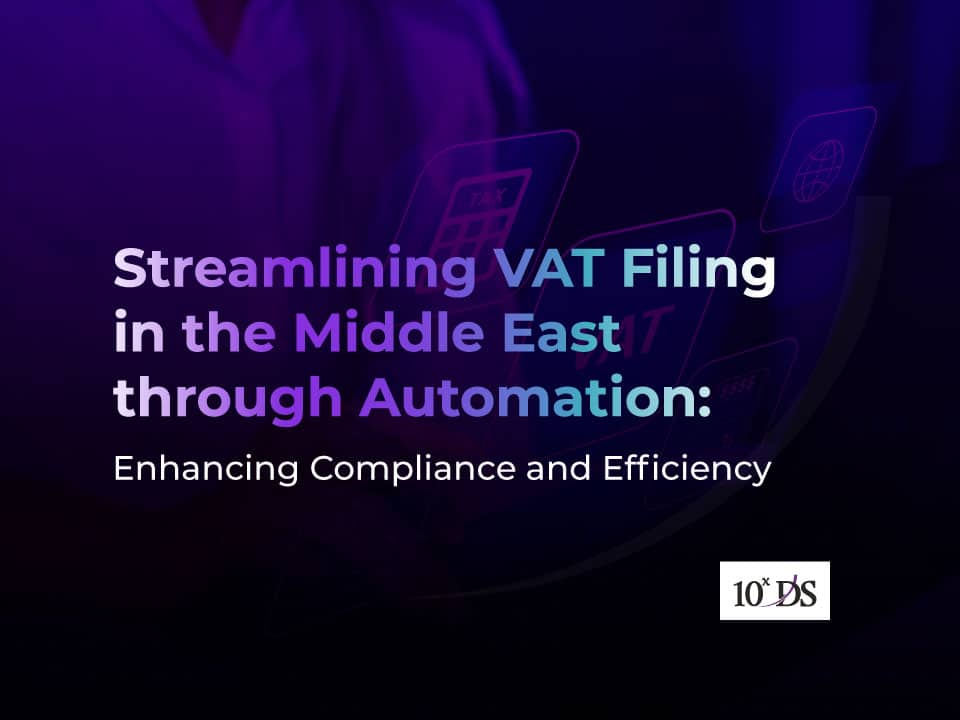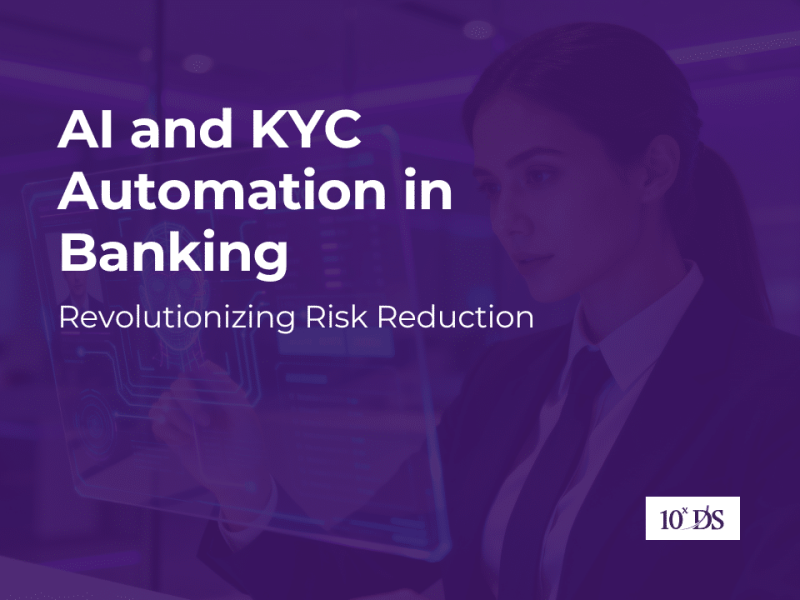
Streamlining VAT Filing in the Middle East through Automation: Enhancing Compliance and Efficiency
In recent years, Value Added Tax (VAT) has become a crucial revenue source for many Middle Eastern countries, driving economic growth and funding public services. However, the complexities of VAT compliance can pose significant challenges for businesses operating in the region. VAT regulations in Middle Eastern countries demand meticulous attention to detail and adherence to strict filing deadlines. Navigating the maze of rules, forms, and documentation can be daunting for businesses of all sizes, leading to potential errors, delays, and hefty penalties.
In Bahrain, VAT returns can be filed electronically through the National Bureau for Revenue (NBR) portal. The NBR is the government entity responsible for implementing and collecting VAT in Bahrain. All entities or individuals conducting an economic activity independently to generate income and make annual supplies exceeding the mandatory threshold of BHD 37,500 are required to register for VAT purposes and are required to be registered with the National Bureau for Revenue (NBR) to obtain a VAT registration certificate and a dedicated VAT account number to start collecting the 10% VAT. Governments in the Middle East have launched online platforms to facilitate VAT filing and streamline compliance and specific tax rules are applicable for each of them. In UAE, it is the Federal Tax Authority (FTA) Portal, General Authority of Zakat and Tax (GAZT) Portal in Saudi Arabia, the General Tax Authority (GTA) Portal in Qatar and Tax Authority Portal for Oman.
Compelling Case of VAT Filing Automation: Step by step
Automation and AI, including Large Language Models (LLMs) and Generative AI (Gen AI), can significantly streamline and enhance the process of VAT filing. Here’s a step-by-step explanation of how Automation and AI technologies can help in VAT filing automation:
Data Collection and Extraction
AI-powered tools can automatically extract relevant financial data from various sources, such as invoices, receipts, and transaction records.
LLMs can interpret unstructured data and categorize transactions based on VAT codes, ensuring accurate data collection.
Data Validation and Cleansing
AI algorithms can identify inconsistencies and errors within the collected data, flagging potential issues for review.
LLMs can cross-reference data against predefined rules and regulations to ensure accuracy.
Calculation of VAT Liabilities
AI algorithms can calculate the correct VAT amounts based on the extracted data and applicable tax rates.
LLMs can perform complex calculations involving multiple variables, minimizing errors in VAT calculations.
Real-time Monitoring and Alerts
AI systems can continuously monitor transactions and financial activities, sending alerts for any anomalies or discrepancies.
LLMs can analyze patterns and trends to identify potential risks or opportunities related to VAT.
Preparation of VAT Returns
Automation tools can generate comprehensive VAT returns based on the calculated liabilities and relevant data, ensuring compliance with formatting and reporting requirements.
LLMs can assist in drafting accurate descriptions and explanations for various line items in the VAT return.
Automated Reporting and Submission
AI-driven systems can automate the generation of VAT reports and submissions to the tax authorities, adhering to specified formats and deadlines.
LLMs can assist in preparing clear and concise narratives to accompany the VAT filing.
Data Security and Compliance
AI technologies can enhance data security by implementing encryption, access controls, and authentication mechanisms.
LLMs can review and ensure that the VAT filing adheres to all relevant regulations and guidelines.
Adaptation to Regulatory Changes
AI systems can be updated to accommodate changes in VAT laws and regulations, ensuring ongoing compliance.
LLMs can quickly learn and adapt to new regulations by analyzing updated guidelines and providing recommendations for necessary adjustments.
Analytics and Insights
AI-driven analytics can provide businesses with valuable insights into their VAT-related activities, helping them make informed financial decisions.
LLMs can analyze historical data and provide predictions or suggestions for optimizing VAT strategies.
Audit Preparation and Support
AI tools can organize and present data in a way that facilitates auditing, helping companies respond to inquiries from tax authorities.
LLMs can assist in generating explanations and justifications for specific VAT transactions during an audit.
Benefits of transformative approach to VAT filing
- Enhanced Accuracy: Automation significantly reduces the chances of manual errors, leading to more accurate VAT calculations, reporting, and compliance.
- Time and Cost Savings: RPA eliminates the need for manual data entry and repetitive tasks, freeing up valuable time for employees to focus on higher-value activities. It also reduces the resources required for VAT operations, resulting in cost savings.
- Efficient Reporting and Compliance: By automating VAT processes, businesses can generate real-time reports, ensuring timely compliance with VAT regulations. Automated reminders and alerts can also help organizations stay on top of filing deadlines and avoid penalties.
- Scalability and Flexibility: RPA systems can handle high volumes of VAT data efficiently, making them scalable for businesses of all sizes. They can also be easily customized to adapt to changing VAT regulations and requirements.
- Improved Auditability: Automated VAT processes leave a clear audit trail, making it easier for businesses to track and review transactions, ensuring transparency and compliance.
As technology continues to advance, the future of VAT filing holds exciting possibilities. In conclusion, VAT filing automation is revolutionizing compliance in Middle Eastern countries. By leveraging technology to streamline processes, businesses can enhance their accuracy, efficiency, and ultimately their bottom line. As AI continues to evolve, the future holds the promise of even smarter, more intuitive VAT filing solutions, ensuring a seamless experience for businesses and tax authorities alike. Embracing these advancements will undoubtedly empower businesses to thrive in the complex world of VAT compliance.


